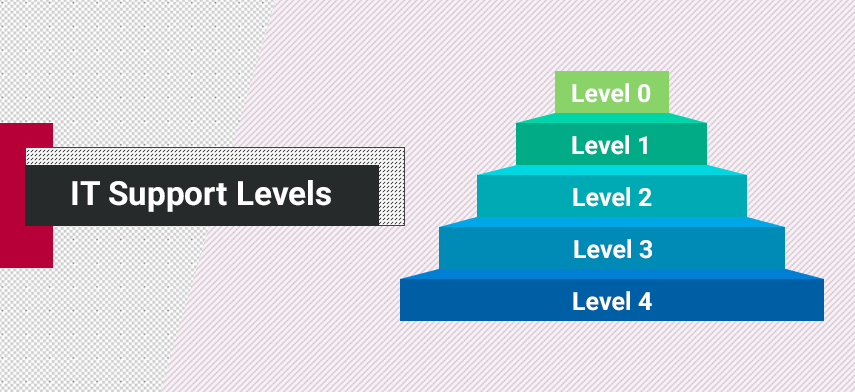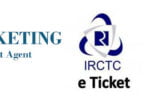If you are a tech company, you will need some form of support for your customers. It is important for your customers to have direct contact with your company if they run into any issues with your product. This can be for a range of issues including outdated software, a bug or user error. No matter what the issue, you should be able to assist with solving it. There are companies that offer general IT support but if it comes directly from your company, it improves trust between you and your customers. There are three lines of IT support that businesses use which are 1st, 2nd, and 3rd line support. Each line is very similar and it can be difficult for customers to differentiate between them
Different Levels Of IT Support
Customer service vs technical support
Customer service focuses on the customer experience. Here the representative would be looking to create a positive experience for the customer by having friendly communication while offering support. IT support services in London provide high-quality customer and technical support.
In technical support, the main focus is to resolve a technical problem that a customer may have. This may be an issue that is caused by a specific product or simply assistance with understanding how the product works.
In technical support, the main aim is to understand what the problem is and to resolve it as quickly as possible. If the support is effective, the customer will not have to contact support for the same issue again.
Different levels of technical support
Tech companies will have a unique setup for technical support. There are different forms of technical support depending on the needs of your customers.
There is a range of ways the issues can be resolved including knowledge bases, live chat support, and email. There are generally 5 levels of technical support which are pre-support, self-services, 1st line support, 2nd line support, and 3rd line support.
Pre-support
This is the support that a customer will be searching for on their own. They can find this information by going through a manual or searching online for answers. There are also many forums available online, where fellow users can assist with technical issues.
Although this is good, this has the potential for customers to come across customer complaints or other issues that may have come up.
This is a good first line of defense for smaller technical issues but it is always best to direct customers straight to your technical support.
Self-service
Self-service is the next level of support. Here your customers can find answers to commonly asked questions and knowledge bases that are easy to access. More tech-savvy customers find this to be a simple alternative to having to contact customer service which may take a while to respond.
1st line of support
Knowledge bases do not hold all the answers and there are some queries that need to be resolved by a person. Generally, the first line of support is a customers’ first contact with one of your employees.
Commonly the first line deals with common queries that can then be used to better your services to help them. Employees in the first line of support generally only have a basic understanding of the product which means that they may not always have a solution.
When they encounter an issue that they cannot handle they usually refer it to someone on a more superior level. Predominantly the issues at this level are handled through email unless the issues become more complicated, then they resort to phone support.
Customers receive the support they need from a helpdesk operator, IT call desk and first line support engineer.
2nd line of support
This is the level where most of the issues are not that simple, it requires tech support specialists that have a wide range of knowledge on the service that they are selling. An IT managed services provider has the necessary specialists needed to handle any issues.
They possess the ability to assist customers over the phone and give them the necessary steps to take to fix their issues. The key role of the second line of support is to have a few conversations with a customer so that they have a better idea of the issue in order to help them. This line of support usually needs an engineer, IT support technician and desktop support analyst.
3rd line of support
This is the ultimate level of support for most customers because they handle issues that no other level can. This usually involves having to conduct custom work to resolve an issue because they are aware of what caused it in the first place.
For example this usually involves Microsoft Certified personnel should users experience a MS Windows Server issue. The support needed in this line is provided by a server engineer and network specialist.








Leave a Comment
You must be logged in to post a comment.